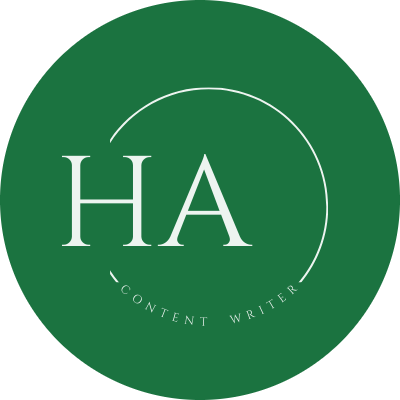Accounting standards: IFRS and US GAAP are designed to provide transparency and consistency in the global financial reporting system. International Accounting Standards Board (IASB) issued IFRS (International Financial Reporting Standards) accounting standards and The FASB (Financial Accounting Standards Board) issued GAAP accounting standards for financial reporting. IFRS accounting standards are applicable in more than 120 countries, whereas other countries require to apply GAAP accounting standards. Both accounting standards requires to present statement of cash flow with some different requirements at the end of a specific business year. ASC 230 and IAS 7 (International Accounting Standard) are provided guidelines for the preparation of statement of cash flow prescribed by US GAAP and IFRS, respectively.
- Preparation of CFS
- Direct and indirect method
- Format
- Cash and Cash Equivalents
- Restricted cash
- Operating Lease Payments
- Disclosure Requirements:
- Predominance Principle
IFRS and US GAAP Guidelines
Preparation of CFS
IFRS: Preparation of cash flow statement is required by all companies for completing the set of financial statements.
GAAP: Same as IFRS guidelines. But, some investment companies may not require to prepare cash flow statement that lies under the scope of ASC 946.
Direct and Indirect Method
IFRS: The operating activities section of cash flow statement can be prepared by using either direct or indirect method. In practice, indirect method is more acceptable because it provides disclosure of reconciliation non-cash items.
GAAP: Same as IFRS guidelines. Direct or indirect method can be used for the preparation of CFS. More acceptable is the indirect method.
Format
IFRS: There is a requirement to separately classify cash flow items under investing, operating and financing activities.
GAAP: Same as IFRS guidelines. Disclosure of investing, operating and financing activities with some specific guidelines for cash flow items in each section. The table provides clear understanding regarding the classification of cash flow items in each section.
| IFRS Standard | U.S. GAAP |
| IAS-7 | ASC-230 |
Interest and dividend received | Operating or investing activities | Operating activities |
Dividend paid | Operating or financing activities | Financing activities |
Interest paid | Operating or financing activities | Operating activities |
Tax paid | Operating activities or depend on the tax policy | Operating activities |
Cash and Cash Equivalents
IFRS: Demand deposits and cash on hand are defined as cash. Cash equivalents could be defined as highly liquid, short-term investments with maturity of three months or less that are easily convertible to cash. Bank overdrafts are also equivalent to cash.
GAAP: Same as IFRS guidelines except bank overdrafts. Bank overdrafts are presented as liabilities and considered as short-term financing. In the cash flow statement bank overdraft are classified as financing activities.
Restricted Cash
IFRS: No specific guidelines exist.
GAAP: A company is required to include restricted cash in the cash flow statement by presenting it in its beginning and ending cash and cash equivalents.
Operating Lease Payments
IFRS: From a lease liability, cash payment for the interest portion is classified as financing or operating activities and payments for the principal portion is classified as financing activities in the cash flow statement. Finance lease and operating leases have same guidelines (IFRS 16).
GAAP: Under U.S. GAAP, there is same guidelines for finance lease payments as provided in IFRS. Whereas, operating lease payments are included in operating activities.
Disclosure Requirements
IFRS: A company is required to disclose some specific requirements including cash flow per share information, cash flow discounted operations’ information and information about changes in liabilities.
GAAP: Disclosure of cash flow per share and information of changes in labilities is not required under U.S. GAAP guidelines. Disclosure of discounted cash flow information along with capital expenditure, amortization and depreciation is required.
Predominance Principle
IFRS: No specific guidelines exist. According to the IFRS IAS-7 guidelines, business transactions could not be classified on the basis of predominant principle. There are specific guidelines for sale and purchase of equipment held for rental to others.
GAAP: Business transactions should be classified on the predominant principle for appropriate classification of cash flows. If a single cash flow transaction includes more than one class of cash flows, predominant principle will apply.
Pro Tip
Prepare Cash flow statement by using AD’s free cash flow statement template.
Cash Flow Statement Template
Get Free Access to AD’s easy to use Cash Flow Statement Template


